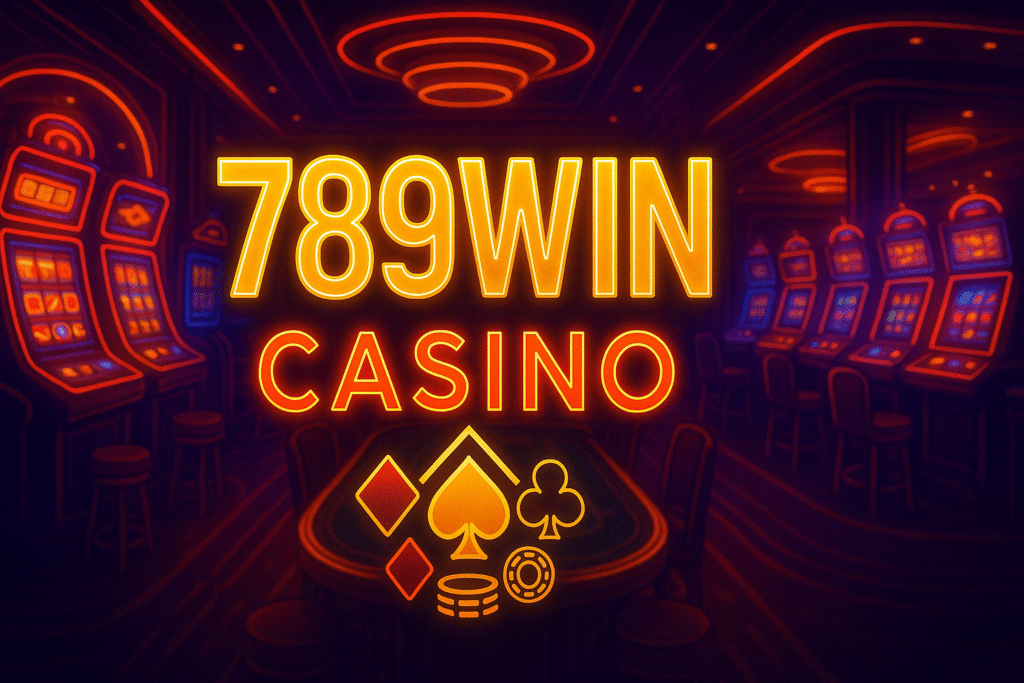
Casino games are not just built for entertainment they are carefully designed using psychological principles that keep players engaged and excited A great example of how these techniques are used to enhance the user experience can be seen on https://789windl.club/ where everything from the layout to the sounds and animations works together to create an immersive environment
One of the most important aspects of casino game Nhà cái 789WIN design is the use of reward systems Game developers understand that consistent feedback keeps players motivated This is why so many slot machines include flashing lights upbeat sounds and animations with every win even small ones These sensory rewards trigger the brain’s pleasure centers encouraging continued play
Another technique is the near miss effect This happens when a player comes close to a win for example two matching symbols and the third just barely missing the line Even though no prize is awarded the brain interprets this as progress and feels motivated to try again Near misses are especially common in slot games and are strategically built into many titles
Variable rewards also play a major role in player retention This concept means that wins are delivered at unpredictable intervals rather than on a fixed schedule Psychologically this kind of randomness is more engaging because the player never knows when the next big win might arrive It mimics the unpredictability of real world rewards making the experience more compelling
Game themes and storytelling are another important layer Many modern casino games are designed with rich visual themes characters and narratives Whether it is a pirate adventure an ancient civilization or a futuristic space mission the story adds emotional investment and makes the game more memorable This keeps players coming back not just for the chance to win but to continue the experience
Colors and sounds are chosen very carefully too Red and gold are often used in game interfaces because they are associated with luck and excitement Sound effects are engineered to match wins and losses with the appropriate emotional tone Uplifting music and triumphant fanfares accompany wins while losses are often silent or paired with subtle tones to reduce frustration
Progress tracking features such as achievement badges and level systems also contribute to player engagement These elements give users goals to work toward even if they are not directly tied to monetary rewards Achievements and progress bars provide a sense of accomplishment and encourage longer play sessions
Social elements are becoming increasingly common as well Many games now include leaderboards chat functions or multiplayer modes where users can interact and compete with others This adds a layer of community and makes the experience more dynamic People enjoy sharing their wins discussing strategies and feeling like part of a larger group
Monetization strategies are also tied closely to player psychology Free to play models often use in game currency systems that allow users to buy more chips or spins Players are more likely to make a purchase if they have already invested time into a game or are close to achieving a big reward This technique known as the sunk cost fallacy can influence spending behavior
It is important to note that responsible game design also takes user wellbeing into account Many platforms offer tools that help players manage their time and money These include reminders of how long they have been playing deposit limits and options for temporary account suspension when needed
To summarize casino game design is a complex blend of psychology art and technology Every element from visual effects to reward structures is crafted to keep players entertained and emotionally engaged When done responsibly this approach creates games that are not only fun to play but also respectful of the players time and choices